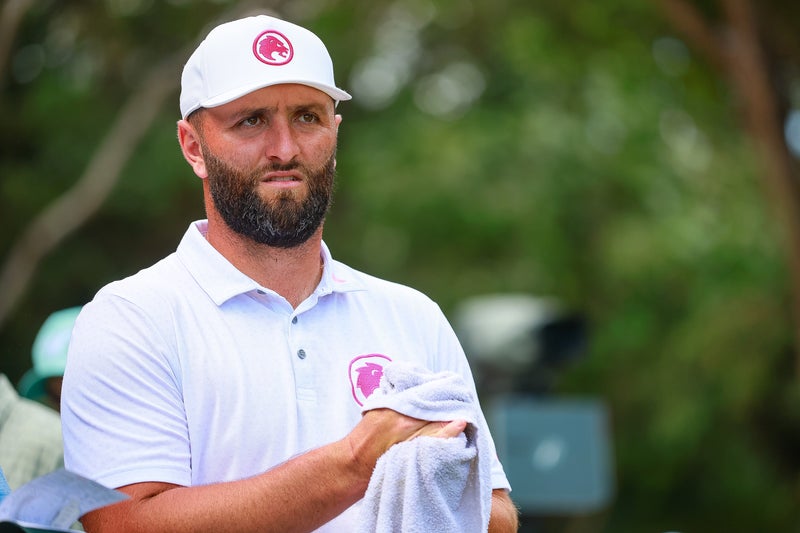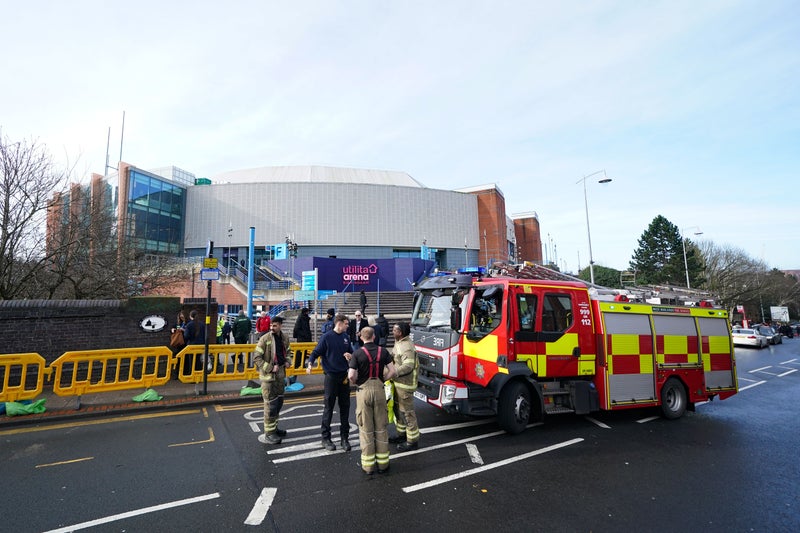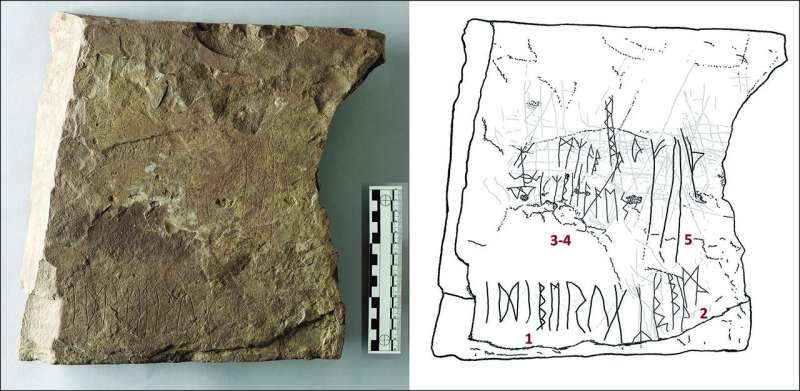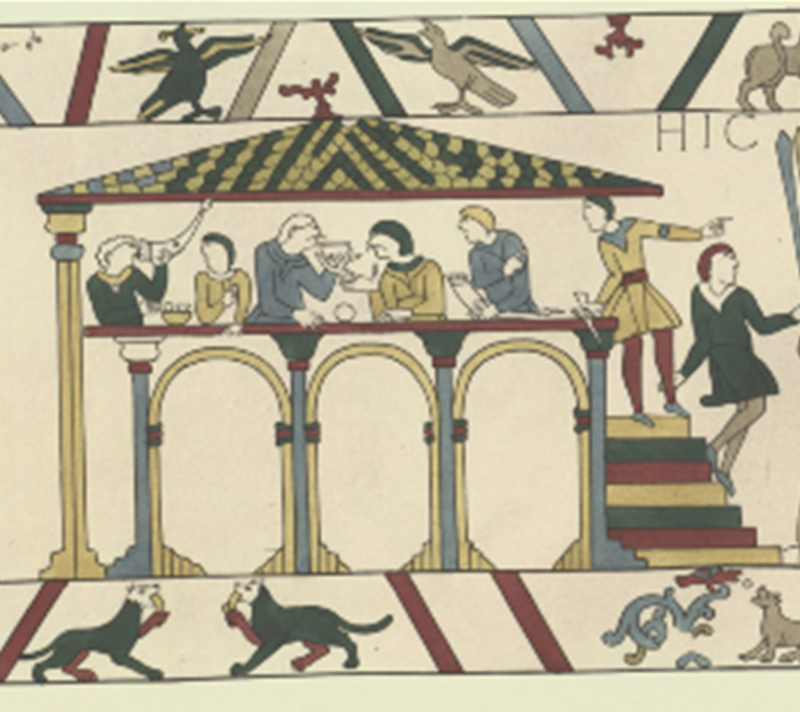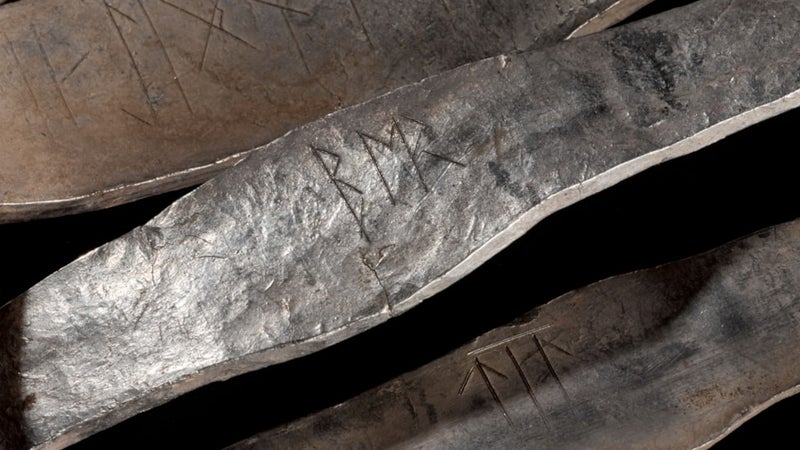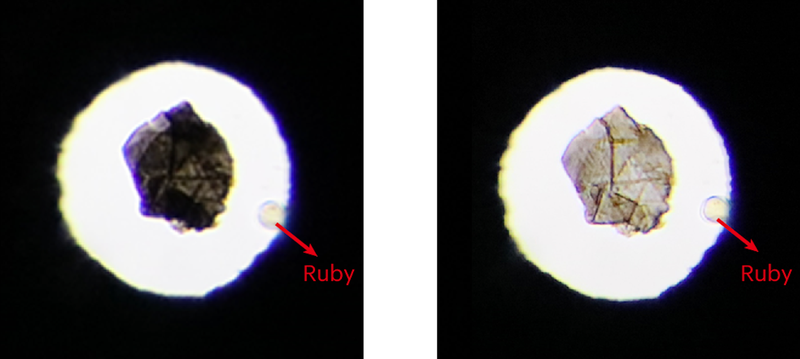EVER wondered what it's like to be an astronaut? Well, it requires a whole lot of ground work, literally. Before a handful of skilled humans get launched into space, they must undergo rigorous training, from navigating microgravity to winter survival. Hopeful astronaut-to-be, John McFall, is one of four training for a stint on the International Space Station (ISS) at the European Space Agency's (ESA) base in Cologne, Germany this year.
![[Astronaut with prosthetic leg in space station simulator.]](https://www.thesun.co.uk/wp-content/uploads/2025/02/65213-2048x1367-1.jpg?strip=all&w=960)
While there's no guarantee McFall, or any of his cohort, will ever see past the Karman line, they will be based in Cologne for at least a year to attend the official school of astronauts. Unlike his cohort, McFall has actually been based in Cologne since June 2023 to take part in ESA's Fly! Feasibility study.
![[Astronaut John McFall in a zero-gravity training exercise.]](https://www.thesun.co.uk/wp-content/uploads/2025/02/astronaut-john-mcfall-home-base-973079653.jpg?strip=all&w=960)
He is the first astronaut candidate with a physical disability. The former Paralympian and orthopaedic surgeon was selected in 2022 to work on a ground-breaking study to see if he can go to space safely. McFall is an amputee, and lost the lower part of his right leg in a motorcycle accident when he was 19.
![[Two men in scuba gear by a pool.]](https://www.thesun.co.uk/wp-content/uploads/2025/02/john-mcfall-4.png?strip=all&w=960)
The study found "no showstoppers" that would prevent an astronaut with a disability like McFall's from joining long duration space missions, according to ESA. McFall is now five weeks into his official astronaut reserves training. "I'm living in Bonn, which is about 20-25km south of Cologne. I'm living here with my wife and three kids," says a peppy McFall.
![[Aerial view of an airport and surrounding area.]](https://www.thesun.co.uk/wp-content/uploads/2025/02/EAC_taken_by_Paolo_Nespoli_article.jpg?strip=all&w=960)
It's about 22km from ESA's sprawling base - a journey which he describes as "quite a nice" cycle, though he will sometimes drive. Upon arrival, he'll leave his bike or car and head to class. "A lot of the training at this stage is theoretical stuff," McFall says.
![[European Astronaut Centre with flags.]](https://www.thesun.co.uk/wp-content/uploads/2025/02/astronaut-john-mcfall-home-base-973079510.jpg?strip=all&w=395)
"So, the things that you need to know if you were to fly, but also things you need to know to communicate with people about the benefits of spaceflight.". Though he also has classes on psychology. "We've done quite a lot on how humans interact with each other, what we call human behavior and performance," adds McFall.
![[Diver underwater with scuba gear.]](https://www.thesun.co.uk/wp-content/uploads/2025/02/john-mcfall-6.png?strip=all&w=960)
"It's quite interesting reflecting on who you are as a character, and how your personality interacts with other people's personalities.". And the sciences. "At the moment, we're exploring areas of radiation physics, radiation biology, and also the effects of the microgravity environment on biology as a whole, on humans," he says. "But also how microgravity affects the growth of plants.".
![[Person in a tarp shelter in a snowy forest.]](https://www.thesun.co.uk/wp-content/uploads/2025/02/0O5A6301-2048x1366-1.jpg?strip=all&w=960)
Then there's P.E. - which not only gets the body fit for space, but will also help train future astronauts for spacewalks. "We're always doing plenty of exercise as a team," says McFall, which includes the gym and swimming. "We've also been doing some diving as well, because diving is a precursor to learning the skills to do spacewalks.
![[Astronaut John McFall undergoing testing at the European Astronaut Centre.]](https://www.thesun.co.uk/wp-content/uploads/2025/02/astronaut-john-mcfall-home-base-973079638.jpg?strip=all&w=960)
"It's sort of one of the first stepping stones to be able to do that.". Outside of the classroom, astronauts must complete a winter survival training in the snow-capped Spanish Pyrenees mountains. Although McFall completed this a year ahead of his class.
![[Astronaut John McFall using an anti-gravity treadmill.]](https://www.thesun.co.uk/wp-content/uploads/2025/02/astronaut-john-mcfall-home-base-973079643.jpg?strip=all&w=960)
"As part of [the feasibility] study, we had to demonstrate that I was capable of doing astronaut training," explains McFall, who joined the class of 2022 that started their training in April 2023. The tasks are hard work, says McFall, and are designed not only to boost teamwork while under pressure but to survive a rogue landing scenario in a hostile environment.
![[Two Paralympic athletes racing in the 100m T42 final.]](https://www.thesun.co.uk/wp-content/uploads/2025/02/NINTCHDBPICT000777733099.jpg?strip=all&w=802)
"One of the reasons we do winter survival training is that if your spacecraft were to land in an unpredictable place, and that happened to be somewhere very cold and wintry, then you need to be able to know how to survive there until you can be rescued," he continues.
"We did plenty of hiking in the snow. We learned about shelter building and different techniques for building shelters to sleep out in the snow. "We learned about emergency procedures should you fall into water, rescuing people from water, protecting against hypothermia, learning to build fires in the snow, and if you're in a snowy forest, what sort of materials can you use to construct a fire? Those sorts of things.".
But McFall's toughest task he says, beyond steeling himself against -5°C temperatures in wet clothes, was transporting a casualty in snowshoes. "We had a simulation where we had to transport a casualty... but you're wading through 50cm of snow. It's awkward, it's clumsy, it's cumbersome," adds McFall.
"You've got to make a makeshift stretcher out of trees and branches and some basic materials that you have. "The terrain is difficult as well, we had steep slopes to climb up whilst carrying someone, and they are a dead weight. "When you have a casualty, you don't realise actually how heavy people are. So, that was quite tough, but rewarding.".
McFall underwent lots of tests as part of the Fly! study. "We had to do a test to simulate changes in the fluid movement in your body," explains McFall. "Because when you go to space, the fluid shifts more up into your trunk and into your head and less into your legs.


